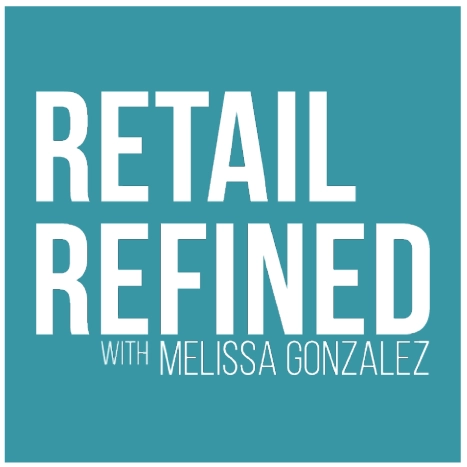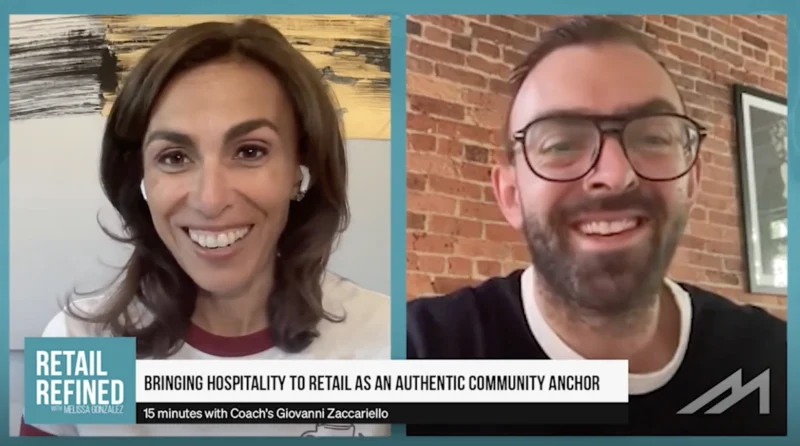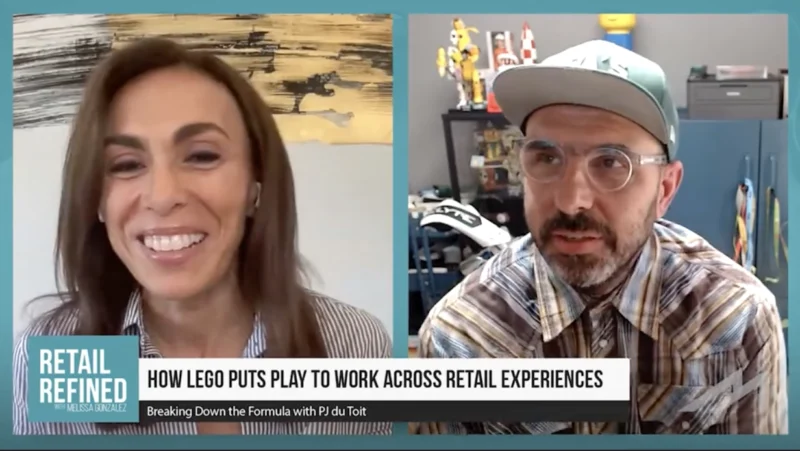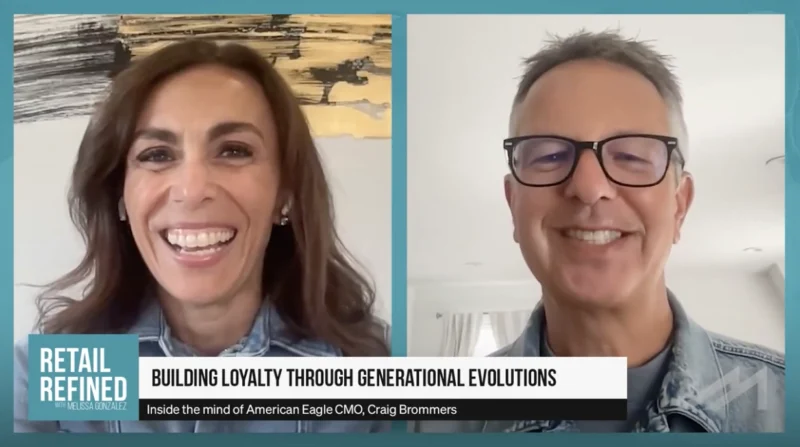How Will A Decrease in Foot Traffic Impact the In-Store Environment?
What is the social and economic impact of declining foot traffic at malls around the country? To get insight into this question the Host of Retail Refined, Melissa Gonzalez, sat down with Karen Bomber, the Vice President of Global Marketing for Honeywell, at NRF 2022 to discuss the direct correlation between foot traffic and the greater economic trends of the area.
The rise of online retail in recent years has led to the downfall of many brick-and-mortar storefronts. Traffic at malls is down, and many retailers are struggling to compete with the convenience and efficiency of online shopping.
Without a doubt, the single biggest factor in the decline of foot traffic at shopping malls has been the rise of online shopping. The convenience and cost savings of online retail may be too much for some shoppers to resist, but there’s still something to be said for the personal touch of brick-and-mortar stores.
The physical experience of shopping is important to many people, even those who buy most or all of their goods online. In fact, some customers are so used to shopping online that they feel uncomfortable buying in person with cash — they prefer to shop online where they can pay with a credit card and get free shipping.
Malls and large retail chains have suffered from these trends and from competition from other forms of entertainment such as casinos, racing tracks and concert venues. Some retailers have tried to adapt by opening smaller stores that are easy to get into and easy to get out of — think dollar stores — but it’s a tough space. It’s possible that high-end luxury stores could be successful in malls because they have such a strong brand presence, but even luxury brands are having trouble staying profitable in brick-and-mortar spaces because their profit margins are lower than those for apparel retailers.
The Rate of Crime Can Increase
fWith so many people shopping online, foot traffic has decreased not only in brick-and-mortar retail stores but also in the surrounding neighborhoods. Studies have shown that there is a direct correlation between foot traffic and the safety of an area. More foot traffic means more eyes on the street–eyes that can reduce crime.
The decrease in foot traffic is influencing not just retail stores but also local businesses, schools, and neighborhoods where foot traffic has declined and crime has increased.
An increase in crime due to a decrease in customers has forced many retailers to close their doors. Local businesses have seen a decline in customers and revenue as well, because they rely on those shoppers for business. Schools have reported a decrease in students enrolled because families have moved out of the area or are facing financial hardship due to lost wages due to unemployment.
The condition of these affected areas has deteriorated due to lack of investment, which has lowered property values throughout the city or neighborhood.
Foot Traffic is Most Affected by the Product Assortment
The product assortment is the single most important factor affecting foot traffic. Different retail channels carry different product assortments, and this drives foot traffic (and sales). Warehouse clubs carry a much larger assortment than department stores, so they can draw more customers by offering a larger selection of products. Department stores are limited in the number of SKUs they can offer customers. If they carry too many SKUs, it becomes difficult for customers to find products, and sales suffer as a result.
Competition is also a factor in foot traffic and sales
The competition also impacts foot traffic and sales positively or negatively depending on whether you’re the leader or follower. When one store reduces its price, other retailers typically follow, which increases the number of shoppers shopping at that retail channel and attracts additional foot traffic. Such competition makes other retailers increase their advertising spending to attract more customers.




